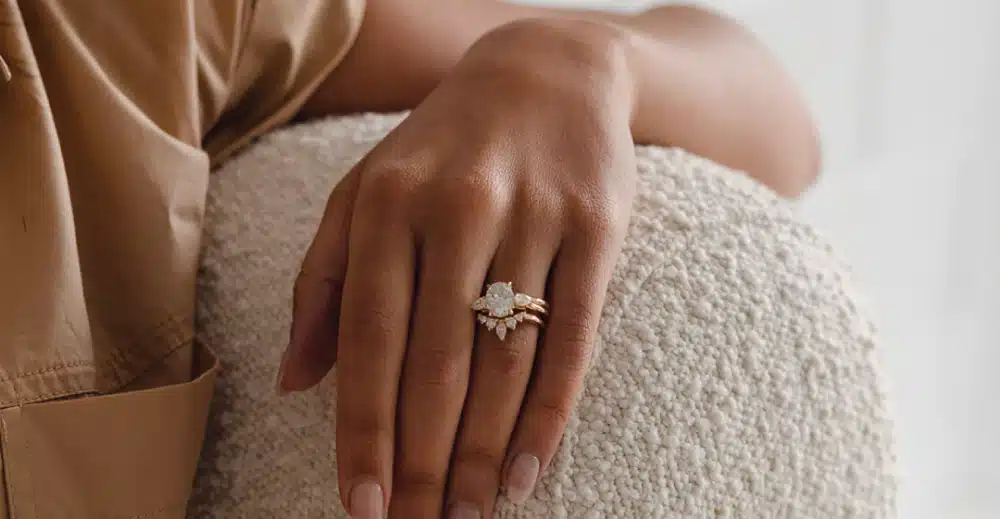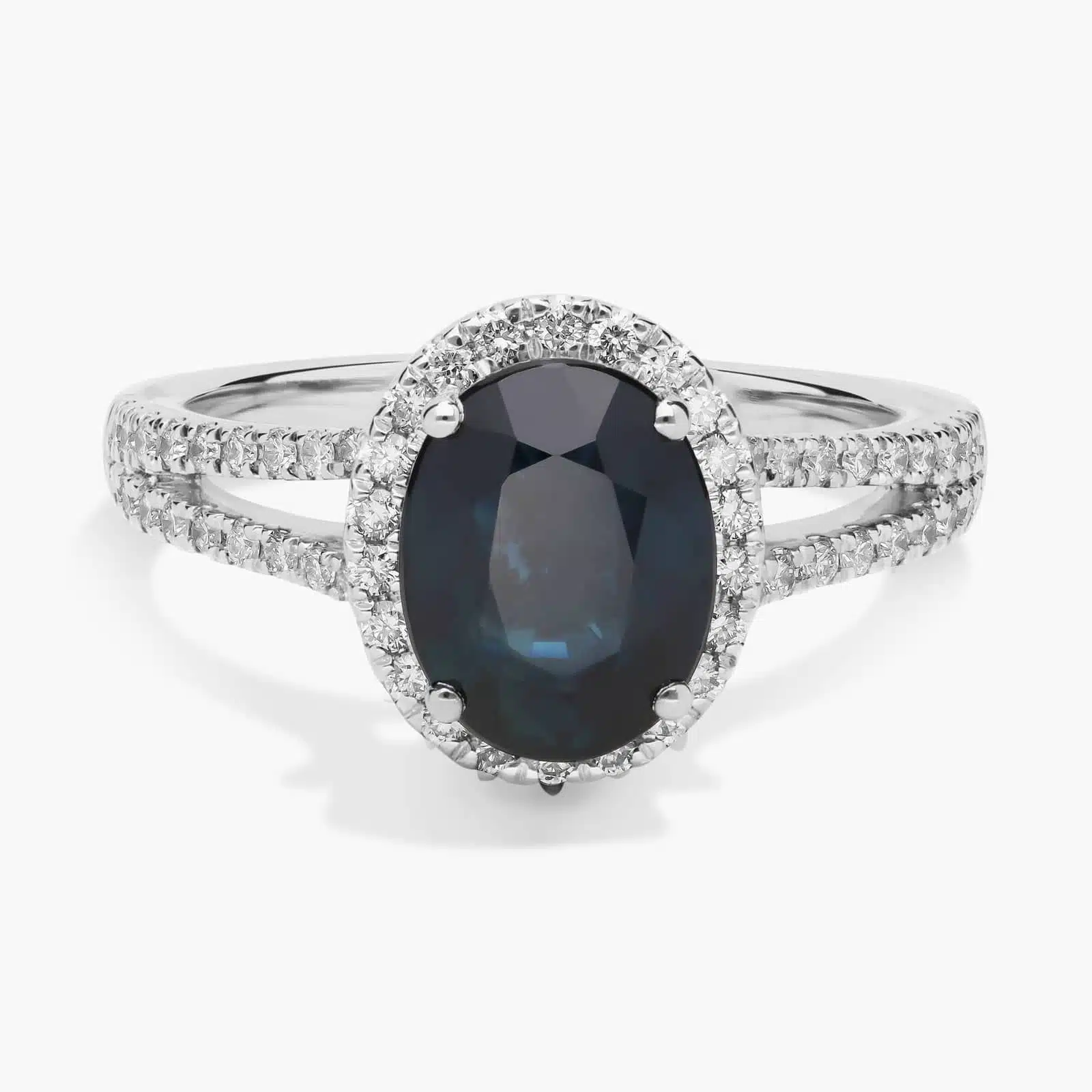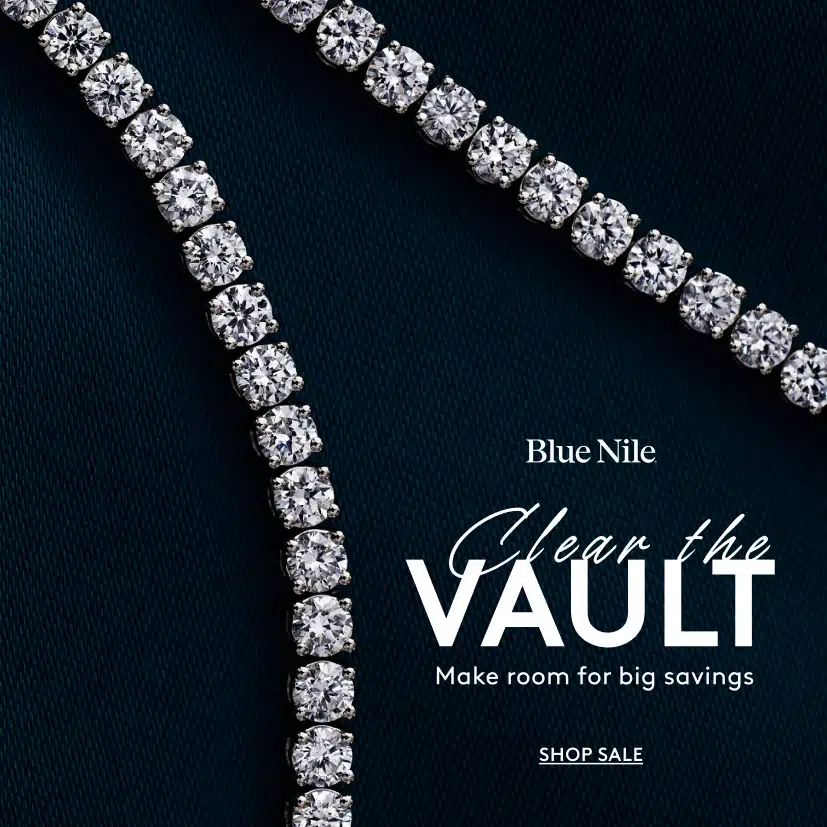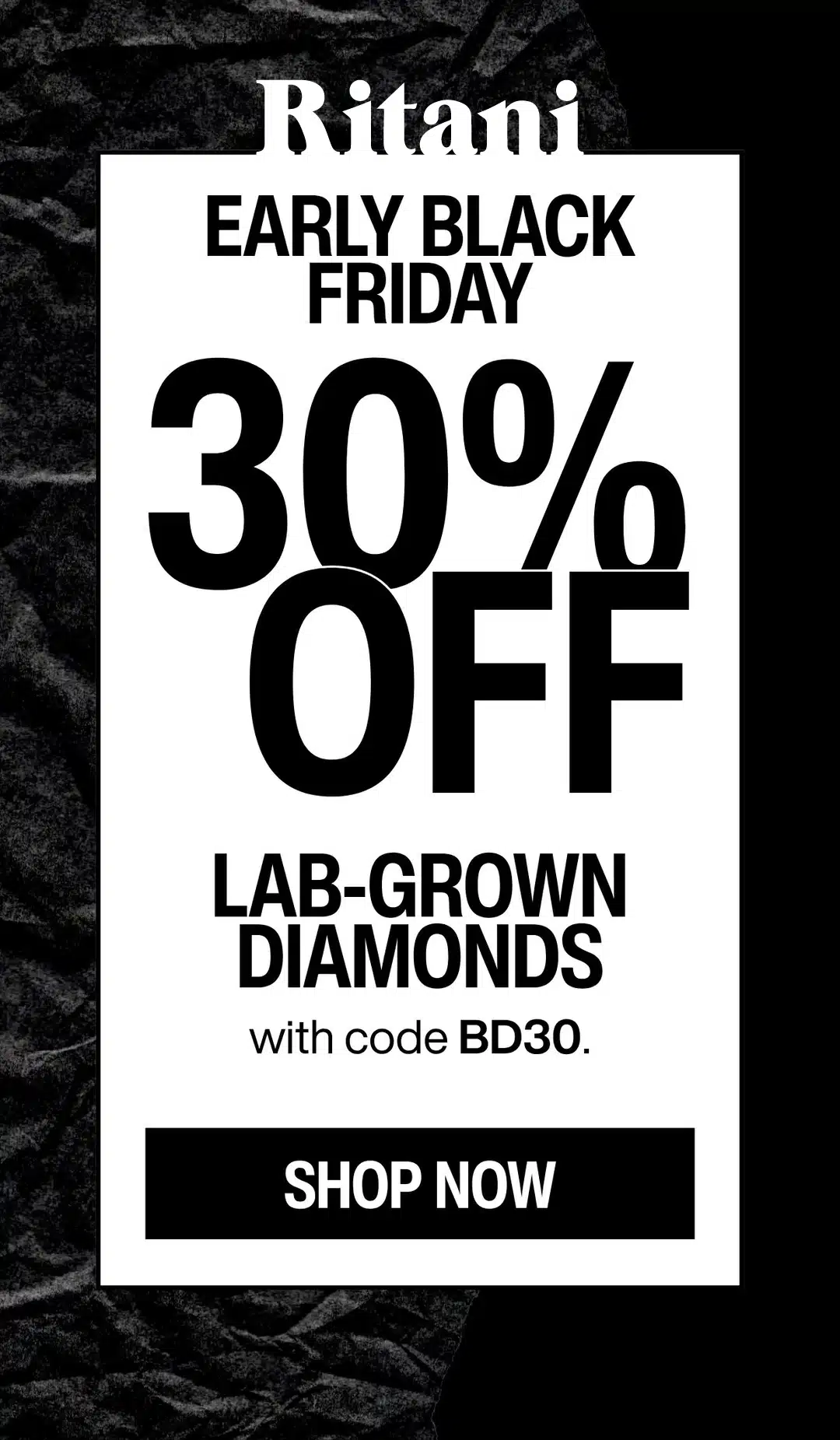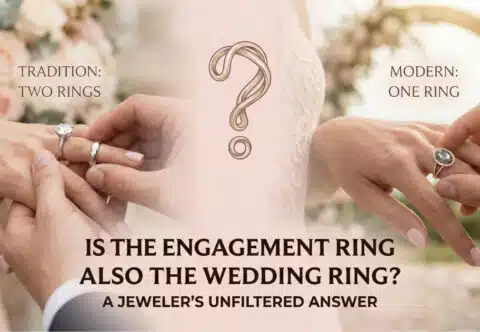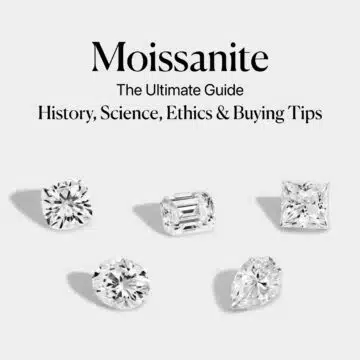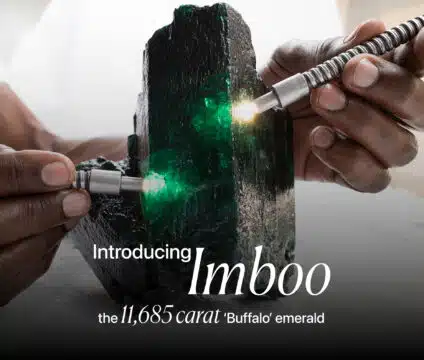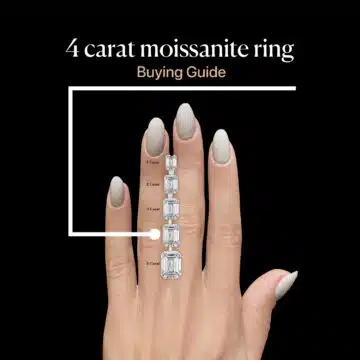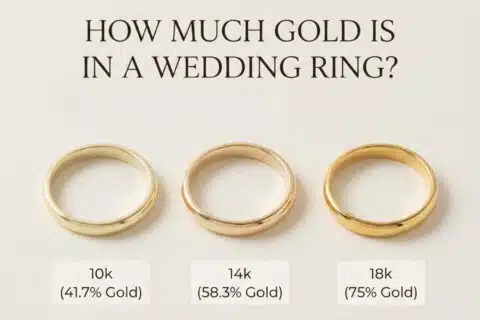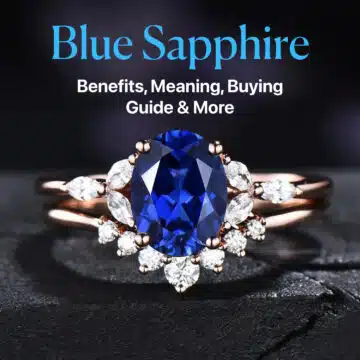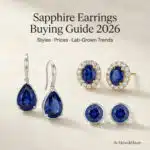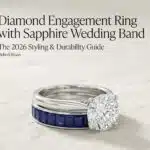The best diamond certification for a natural diamond is GIA, and the best certification for a lab-grown diamond is IGI; these two are the undisputed leaders for reliability, consistency, and consumer trust.
I’m Mehedi, and I’m going to be very direct with you: the single most important document in a diamond purchase is its lab report. It isn’t an optional extra or a nice bonus; it’s the blueprint of your diamond’s quality and your only guarantee of its true value.
With so many different labs out there stamping their acronyms on reports—GIA, IGI, GSI, EGL, AGS, HRD—it’s easy to get confused or, even worse, deliberately misled. This guide will be your central hub for the truth. We will break down every major lab, explaining in plain language which ones to trust implicitly and which ones to avoid at all costs.
Diamond IQ Test: Natural or Lab-Grown?
Two identical diamonds: GIA Certified, 1.51ct, D Color, VVS1, Ideal Cut. One is natural ($16,530), the other is lab-grown ($2,390). Choose the diamond you like better and see if you can match it to its origin.
The Gold Standard You Must Demand: GIA
When it comes to something as significant as a diamond, there is no room for compromise. There is one lab whose name is synonymous with integrity, and its report is the only one you should accept for a natural diamond.
GIA Certification: The Ultimate Authority

The Gemological Institute of America (GIA) is the undisputed gold standard for a reason. Founded in 1931, GIA is a non-profit organization with a singular public-benefit mission: to ensure your trust in gems and jewelry. They have no financial stake in the sale of the diamond. Their only motivation is scientific accuracy.
Here’s what makes GIA the ultimate authority:
- They Invented the System: GIA didn’t just master the grading system; they created it. The “4Cs” of diamond quality—the color, cut, clarity, and carat weight we all rely on—was a framework developed and standardized by GIA.
- Their Standards are Strictest: GIA’s grading is known for being ruthlessly consistent and strict. When a GIA report says a diamond is an F color with VVS2 clarity, you can be certain that is exactly what you are getting. There is no grade inflation.
- They are Universally Respected: From miners to the most prestigious auction houses, a GIA report is recognized and trusted globally as the final word on a diamond’s quality. A GIA report is your ironclad guarantee of accuracy.
To learn every detail about the world’s top lab, read the full deep dive here: What Does GIA Certified Mean?
GIA’s New Lab-Grown Diamond Report: A Critical Update

For a long time, GIA’s reports for lab-grown diamonds used broad, descriptive terms rather than specific grades. This created confusion. But in a major step forward for consumer confidence, GIA has completely overhauled their lab-grown diamond reports.
The new GIA reports for lab-grown stones are now much more detailed, mirroring the format for natural diamonds. Most importantly, they now include the full, standard D-Z color scale and the Flawless-I3 clarity scale. This is a game-changer.
It means you can now compare GIA-certified synthetic diamonds with the same precision and confidence as natural diamonds, allowing for true apples-to-apples comparisons based on globally recognized standards.
For the full story on this crucial industry change, learn more here: GIA’s New Lab Diamond Report Explained
IGI Certification: The Leader in Lab-Grown Diamonds

The International Gemological Institute (IGI) is a major global player, and for the rapidly growing world of lab-grown diamonds, they are the undisputed leader. Founded in 1975, IGI is one of the largest gemological organizations in the world.
Here’s the essential breakdown of where IGI stands:
For Lab-Grown Diamonds
IGI was one of the first major labs to provide detailed, specific grading reports for lab-grown diamonds. While GIA was initially more reserved, IGI embraced the technology, developing a consistent and reliable system that has become the global standard for the lab diamond industry.
Top-tier retailers like James Allen and Blue Nile almost exclusively use IGI for their lab-grown inventory, which is a massive vote of confidence.
Deal Alert: Fast-Shipping Gifts — Up to 50% Off* fine jewelry at Blue Nile !
One In A Lifetime Sale: “Clear The Vault” – Get up to 70% OFF on select jewelry at Blue Nile !
Exclusive Offer: Flash Sale on James Allen Up to 40% Off * Sitewide engagement ring settings & Fine Jewelry at James Allen .
For Natural Diamonds
IGI also grades natural diamonds. In the industry, their grading for natural stones is generally considered to be very close to GIA standards, but sometimes a half-step more lenient, particularly in color and clarity. For this reason, for natural diamonds, a GIA report remains the superior choice to guarantee you are getting exactly what you pay for.
The Mehedi Verdict: When you are buying a lab-grown diamond, an IGI certificate is the gold standard you should be looking for. It provides the detail and reliability you need to make an informed decision.
To understand every aspect of this important lab, read my full deep dive here: Your Guide to IGI Diamond Certification
AGS Certification: The Standard for Cut
The American Gem Society (AGS) holds a place of immense respect in the diamond world. For decades, it was considered a true peer to GIA, and for many experts, it was actually superior in one critical area: the science of diamond cut.

While GIA grades cut on a scale from Excellent to Poor, AGS developed a more technical, numerical system from 0 to 10 for Light Performance, Polish, and Symmetry, with “0” representing the absolute ideal.
- A Scientific Approach: AGS pioneered a light performance-based cut grading system. This scientific approach was designed to precisely measure how a diamond handles light, which is the very source of its brilliance and fire.
- The “AGS Ideal” or “Triple Zero”: A diamond that achieved a “0” in all three categories was known as an “AGS Ideal” or “Triple Zero.” This became the benchmark for perfectly cut diamonds, often exhibiting the coveted Hearts and Arrows pattern. Many collectors and connoisseurs specifically sought out AGS reports for this reason.
- Modern Status: While AGS reports are less common today after their lab operations were acquired by GIA, finding a diamond with an original AGS report is still a sign of top-tier quality, especially if you are a buyer who prioritizes the perfect cut above all else. Like GIA, it was also a non-profit, sharing a mission of consumer protection.
The Mehedi Verdict: An AGS certificate is a mark of excellence. If you find a diamond with an AGS report, especially one graded “AGS Ideal 0,” you can trust its quality completely.
To learn more about their scientific grading system, read my full deep dive here: Understanding the AGS Grading System.
GSI Certification: The Mass-Market Lab
You will see GSI (Gemological Science International) certificates everywhere, particularly in large, mass-market retail chains like Zales, Kay, and Jared. GSI is a for-profit lab that has built its business on providing fast, high-volume grading services to these major retailers.
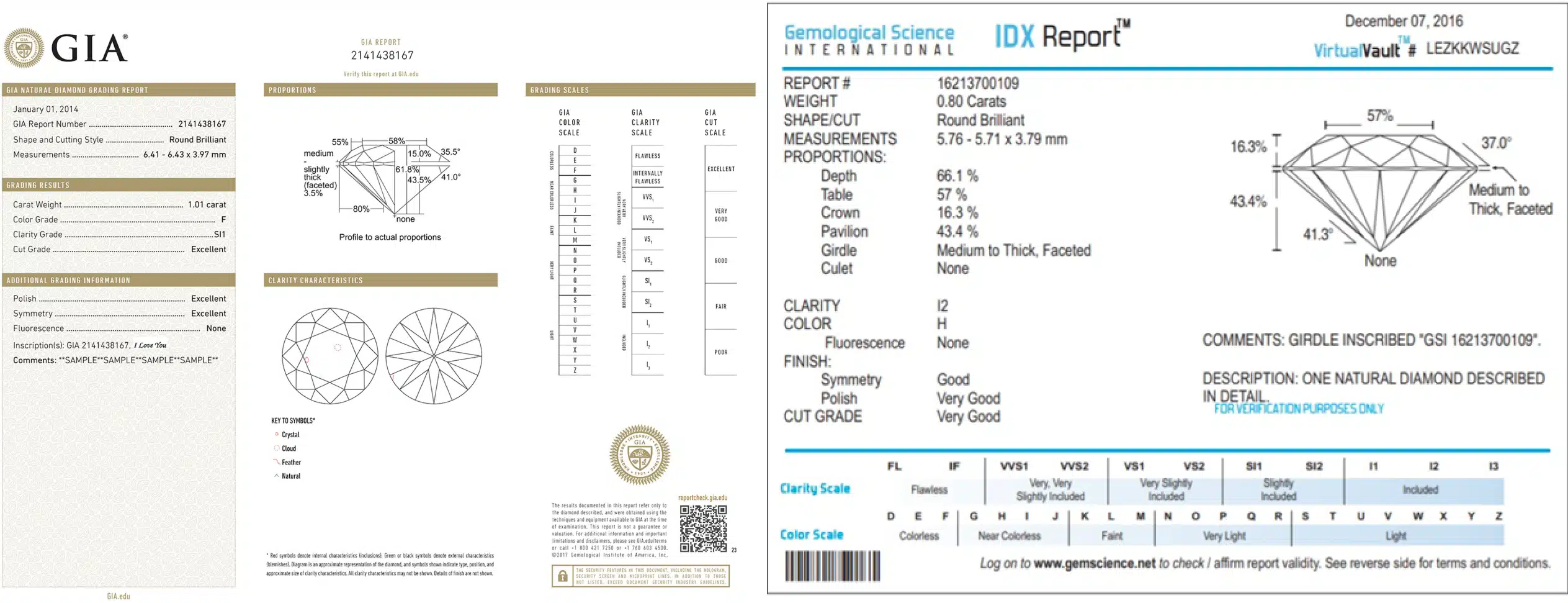
The core issue, which I cannot state strongly enough, is inconsistency and grade inflation. Time and time again, the industry has seen GSI-graded diamonds, when submitted to GIA, receive grades that are 1-3 levels lower in both color and clarity. What does this mean for you?
It means you might pay for what is listed as a G color diamond, but in reality, you’re receiving a stone closer to an I or J color. You might think you’re getting a beautiful VVS1 clarity diamond, but its true grade could be a VS2 or even an SI1. This isn’t an accident; it’s a business model that allows lower-quality diamonds to be sold at higher prices.
It’s a key reason why comparing vendors like Zales vs. Blue Nile is so important—it’s not just the ring, it’s the reliability of the certificate that comes with it.
For the complete, unfiltered breakdown of this lab, read my full deep dive here: My Unfiltered Opinion on GSI Certification
EGL Certification: A History of Inaccuracy
If GSI requires caution, then EGL (European Gemological Laboratory) is a name that should be a major red flag for any informed buyer. This for-profit lab, which has operated under various international franchises, has a long and storied reputation for severe over-grading.

We are not talking about a subtle, one-grade difference here. It is not uncommon for an EGL-certified diamond to be graded four, five, or even more grades higher than what GIA would assign it.
An EGL “G VS1” could easily be a GIA “K SI2” or worse—a difference so vast that the diamond is worth only a fraction of what its EGL certificate implies. The problem became so widespread that in 2014, the major online diamond platforms banned the listing of EGL-certified diamonds entirely.
Knowing a stone’s true quality is fundamental, something I cover in my guide on how to tell if a diamond is real. With an EGL report, that certainty is completely lost.
To protect yourself from making a major mistake, read my full deep dive here: EGL Certification vs. GIA: A Warning for Buyers
HRD Certification: A European Contender
HRD (Hoge Raad voor Diamant, which translates to “Diamond High Council”) is in a different category than GSI and EGL. Based in Antwerp, the historical heart of the diamond trade, HRD is a respected European laboratory. However, it is not considered equivalent to GIA in the crucial US market.
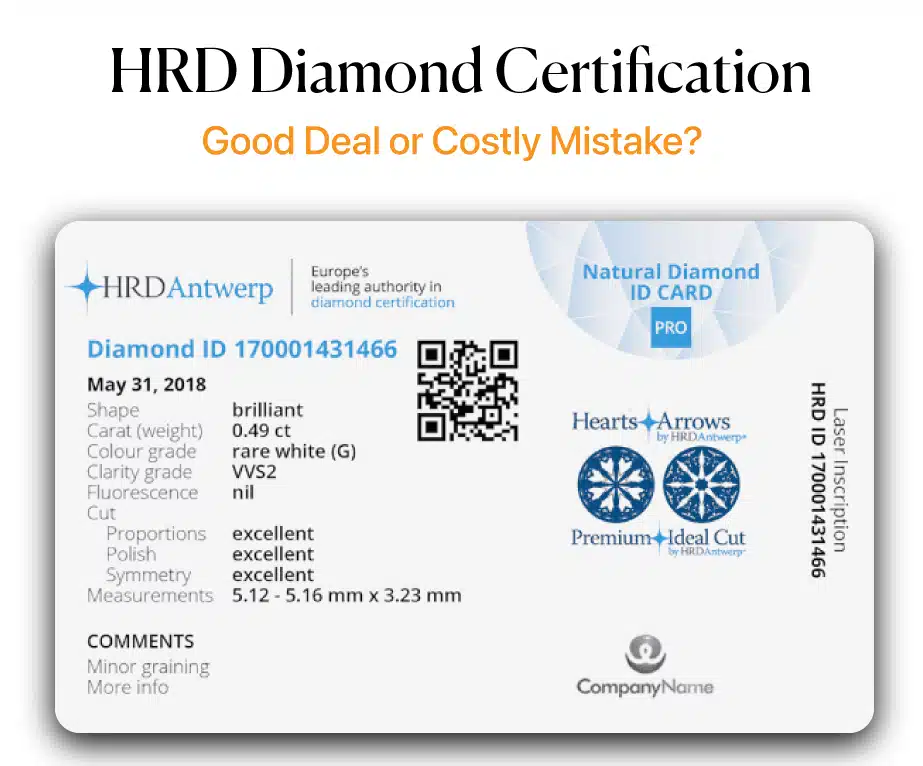
While it is not known for the severe over-grading associated with EGL, its grading standards are widely considered to be less strict and less consistent than GIA’s. You cannot reliably compare an HRD-graded “H color” diamond with a GIA-graded “H color” and expect them to look the same.
This creates a dangerous situation for shoppers who are trying to compare stones from different vendors. When you can’t rely on the certificate for an apples-to-apples comparison, you risk overpaying. My core advice in my ultimate diamond buying guide is to rely on a consistent standard, and in the global market, that standard is GIA.
For a more nuanced look at this European lab, read my full deep dive here: Is HRD Diamond Certification Reliable?
A Final Comparison: What are the Best Diamond Certifications?
After breaking down each lab, let’s put it all together. When you are standing at the counter or browsing online, you need a clear, definitive ranking. From my insider perspective, this isn’t a matter of opinion; it’s a matter of reliability and consumer protection.
Here is the definitive hierarchy of what are the best diamond certifications, broken down into tiers so you can make a fast and confident decision.
Tier 1: The Gold Standard (The ONLY Choice for Natural Diamonds)
GIA (Gemological Institute of America)
GIA is in a class by itself. As a non-profit organization, their sole mission is to protect the public by providing unbiased, scientific analysis. They invented the 4Cs and their standards are the benchmark by which all other labs are judged.
- Best For: Natural Diamonds (Non-Negotiable).
- Trust Level: Absolute. The highest possible.
- Grading Consistency: The strictest and most consistent in the world.
- Mehedi’s Take: A GIA report is your ironclad guarantee. If you are buying a natural diamond, you should accept nothing less.
- Read the full guide: What Does GIA Certified Mean?
Tier 2: The Top-Tier Specialists (Excellent for Specific Needs)
IGI (International Gemological Institute)
IGI has rightfully earned its place as the global leader for lab-grown diamonds. They were the first major lab to provide detailed reports for synthetic stones and have established a consistent and reliable standard.
- Best For: Lab-Grown Diamonds.
- Trust Level: Very High for lab-grown; Good for natural.
- Grading Consistency: The global standard for lab diamonds.
- Mehedi’s Take: If you’re buying a lab-grown diamond, an IGI report is what you should expect to see.
- Read the full guide: Your Guide to IGI Diamond Certification
AGS (American Gem Society)
Though less common now, an AGS report is a mark of supreme quality, particularly for those obsessed with a perfect cut. Their scientific, light-performance-based grading is legendary.
- Best For: Ideal Cut Natural Diamonds.
- Trust Level: Absolute. On par with GIA.
- Grading Consistency: Extremely strict, especially on cut.
- Mehedi’s Take: An “AGS Ideal 0” report is the holy grail for cut perfection. You can trust it completely.
- Read the full guide: Understanding the AGS Grading System
Tier 3: The Labs to Avoid (Proceed with Extreme Caution)
GSI, EGL, and HRD
I am grouping these for-profit labs together because they all share the same fundamental issue for consumers: a lack of GIA-level consistency. Their business models often rely on serving high-volume retailers, which can lead to grade inflation.
- Best For: No one. Retailers use them to their own advantage.
- Trust Level: Low. The data on their reports is not reliable.
- Grading Consistency: Known for being lenient and inconsistent.
- Mehedi’s Take: You will overpay for the quality you receive. A diamond with one of these reports is a blind purchase.
- Read the guides: GSI Certification, EGL Certification vs. GIA, HRD Certification
The Mehedi Bottom Line: Your Certification Checklist
Let me be crystal clear. Your choice of certificate is as important as the diamond itself. It’s your only proof of value. This isn’t just my opinion; it’s the standard the best online retailers in the world operate by.
Top vendors like James Allen and Blue Nile build their entire business model and reputation on the unwavering reliability of GIA and IGI reports because they know it’s the only way to guarantee you get what you pay for. Don’t compromise.
Conclusion
So, what are the best diamond certifications? The answer is clear and simple. For a natural diamond, the only report that offers you complete and total confidence is from the GIA. For a lab-grown diamond, the established and trusted standard is IGI.
Your choice of a certificate is not a small detail; it is the entire foundation of your purchase. It is your only unbiased guarantee of a diamond’s quality and your ultimate protection against overpaying. While other labs exist, their inconsistencies make them a risk I would never advise a friend or client to take.
When you are making one of the most important purchases of your life, you don’t want a guess—you want a guarantee. Stick with the labs that provide one.
Continue Your Research Journey
You are now equipped with the insider knowledge to understand the critical importance of a diamond certificate. The next exciting step is to master the art of choosing the perfect diamond for your budget. These hand-picked guides will take you from a confident buyer to a true expert.
The In-Depth Retailer Reviews
- See How the Main Competitor Stacks Up: The Ultimate James Allen Review – (https://moissanitebyaurelia.com/james-allen-review/)
- A Look at Another Major Player: Brilliant Earth vs. James Allen Compared – (https://moissanitebyaurelia.com/brilliant-earth-vs-james-allen/)
- Another Great Option: Is Ritani a Legit Place to Buy From? – (https://moissanitebyaurelia.com/is-ritani-legit/)
Advanced Diamond Knowledge
- The Foundation of All Diamond Buying: Our No-Nonsense Diamond Grading Chart (The 4 Cs) – (https://moissanitebyaurelia.com/diamond-grading-chart-4-cs-of-diamonds/)
- The Full Story on Modern Alternatives: An Expert Guide to the Types of Lab-Grown Diamonds – (https://moissanitebyaurelia.com/types-of-lab-grown-diamonds/)
- A Deep-Dive on Clarity: What is the Best Diamond Clarity for Getting Great Value? – (https://moissanitebyaurelia.com/what-is-the-best-diamond-clarity/)
Practical Guides & Strategies
- A Guide for the Savvy Shopper: The Best Times to Buy a Diamond Ring – (https://moissanitebyaurelia.com/best-times-to-buy-diamond-ring/)
- Visualize the Size of Your Diamond: A Visual Diamond Carat Size Chart – (https://moissanitebyaurelia.com/diamond-carat-size-chart/)
- Putting it All Together: A Step-by-Step Guide to Build Your Own Engagement Ring on James Allen – (https://moissanitebyaurelia.com/build-your-own-engagement-ring-on-james-allen/)


